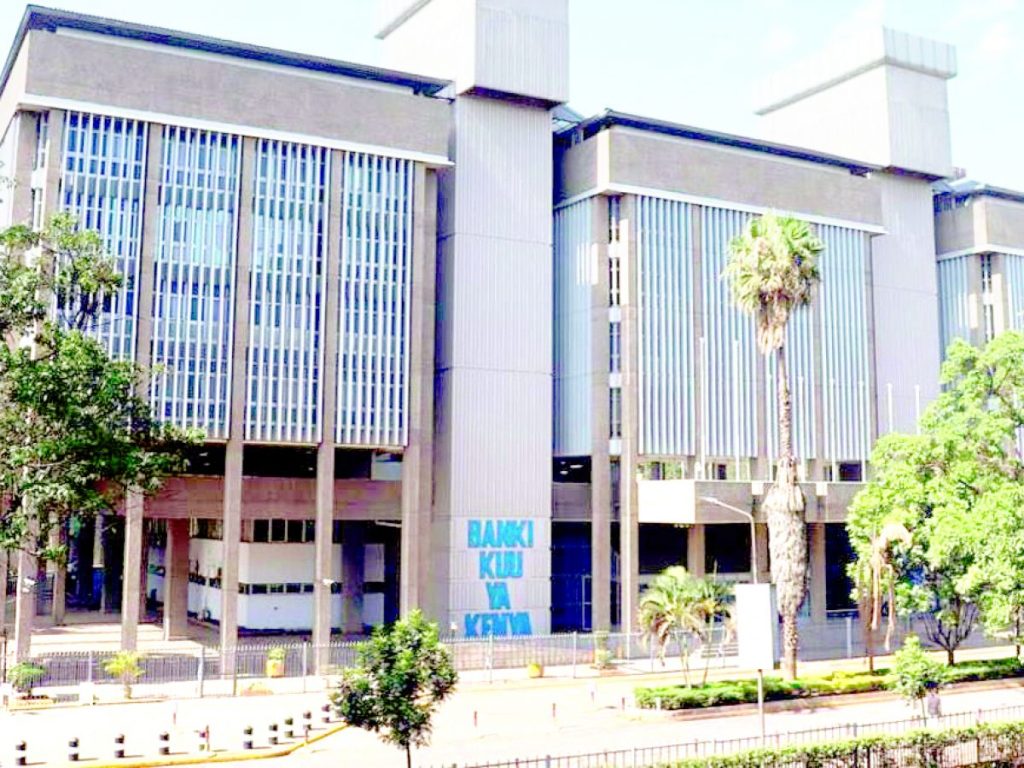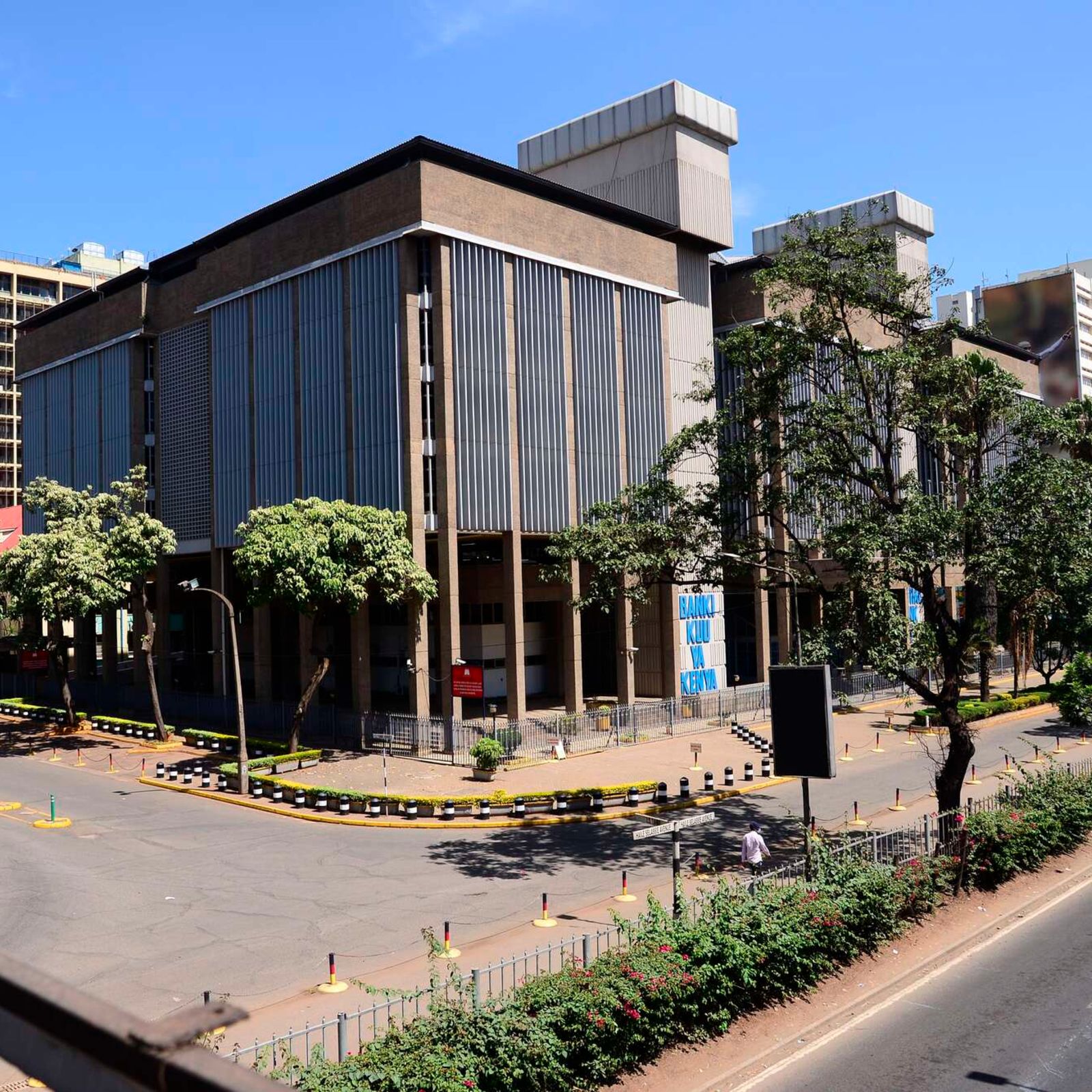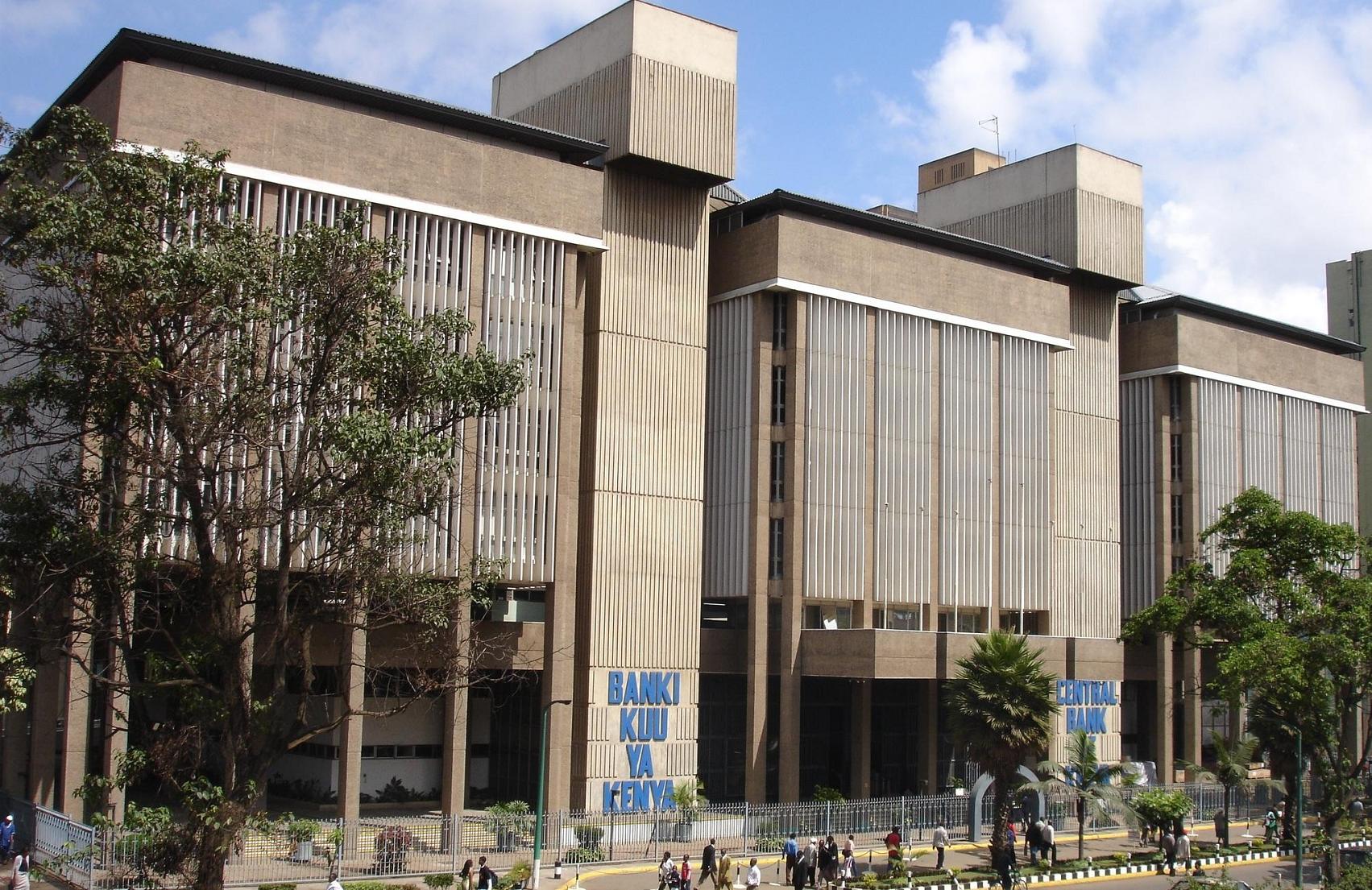
The Monetary Policy Committee (MPC) met on April 8, 2025, and reviewed the outcomes of its previous decisions and measures implemented to anchor inflationary expectations and maintain exchange rate stability.
The Committee met against a backdrop of elevated uncertainties to the global outlook for growth, lower but sticky inflation in advanced
economies, heightened trade tensions, and persistent geopolitical tensions, and noted that:
• Global growth was on a steady recovery in 2024, supported by strong growth in the United States and in the large emerging market economies, particularly India.

Nevertheless, the outlook for global growth in 2025 is highly uncertain, reflecting elevated risks of a potential slowdown due to escalation of trade tensions following implementation of new tariffs on imports to the United States, and retaliatory tariffs by trading partners. Additionally, escalation of geopolitical tensions, particularly the conflict in the Middle East and the Russia-Ukraine war, remains a key risk to growth.
• Global headline inflation has moderated, but the outlook is uncertain with expectations of potential inflationary impact of higher tariffs on imports.
Central banks in major economies have continued to lower their interest rates, but at different paces depending on inflation and growth expectations.
International oil prices have moderated due to increased production and subdued demand, but the risk of potential volatility remains
elevated due to increased tariffs on imports, and persistent geopolitical tensions.
 Food inflation has moderated, driven by lower cereals and sugar prices inflation, but edible oil prices inflation has remained elevated.
Food inflation has moderated, driven by lower cereals and sugar prices inflation, but edible oil prices inflation has remained elevated.
• Kenya’s overall inflation stood at 3.6 percent in March 2025 compared to 3.5 percent in February, and remained below the mid-point of the target range of 5±2.5 percent.
Core inflation increased to 2.2 percent in March from 1.9 percent in February, mainly on account of higher prices of processed food items. Non-core inflation declined to 7.4 percent in March from 7.7 percent in February, reflecting lower prices of food crops and
related items, particularly vegetables.
Additionally, lower energy and utilities inflation continued to moderate non-core inflation, on account of lower electricity and pump
prices.
Overall inflation is expected to remain below the mid-point of the target range in the near term, supported by a low core inflation, lower food inflation, stable energy prices inflation, and continued exchange rate stability.
• The performance of the Kenyan economy slowed down in 2024, with real GDP estimated at 4.6 percent compared to 5.6 percent in 2023, mainly reflecting deceleration in growth in most sectors of the economy.
Nevertheless, leading indicators of economic activity point to improved performance in the first quarter of 2025.
The performance of the economy is expected to pick up in 2025, with real GDP growth projected at 5.4 percent, supported by resilience of key service sectors and agriculture, expected recovery in growth of credit to the private sector, and improved exports. This outlook is subject to domestic and external risks.
• A majority of respondents to the March 2025 Agriculture Survey expect overall inflation to decline or remain unchanged in the next three months on account of expected lower food prices particularly of vegetables attributed to favorable weather conditions, stability in pump prices, and the stable exchange rate.
• The CEOs Survey and Market Perceptions Survey conducted in March 2025 revealed sustained optimism about business activity and economic growth prospects for the next 12 months.
The optimism was attributed to the stable macroeconomic environment, favourable weather conditions which are expected to benefit agriculture, continued decline in interest rates, and stability in international oil prices.
Nevertheless, respondents expressed concerns about subdued consumer demand, and high cost of doing business.
 The Kenya National Bureau of Statistics (KNBS) has revised the balance of payments data to improve the recording of cross-border transactions related to imports and reexports of petroleum products under the government-to-government contracts.
The Kenya National Bureau of Statistics (KNBS) has revised the balance of payments data to improve the recording of cross-border transactions related to imports and reexports of petroleum products under the government-to-government contracts.
The revisions also incorporate use of alternative data to improve data on international trade in services particularly travel and financial services.
The revised data incorporates adjustments of re-exports data of oil products to the region, and adjustments of international travel receipts.
• Based on the revised balance of payments data, the current account deficit narrowed to 3.1 percent of GDP in the 12 months to February 2025 compared to 3.3 percent of GDP in a similar period in 2024, reflecting improved exports of goods and services and resilient diaspora remittance inflows, and lower oil imports.
Goods exports increased by 13.1 percent, due to higher domestic exports, particularly agricultural commodities, and re-exports.
Goods imports rose by 10.6 percent, reflecting increases in intermediate and capital goods imports. Services receipts increased by 14.0 percent, mainly, supported by increased receipts from transport and travel services.
Diaspora remittances increased by 14.5 percent in the 12 months to February 2025. The current account deficit in the 12 months to February 2025 was more than fully financed by financial account inflows, resulting in an overall balance of payments surplus of USD 1,380 million.
 The current account deficit is projected at 2.8 percent of GDP in 2025, and is expected to be more than fully financed by financial account inflows, and result in an overall balance of payments surplus and buildup in gross reserves of USD 665 million, respectively.
The current account deficit is projected at 2.8 percent of GDP in 2025, and is expected to be more than fully financed by financial account inflows, and result in an overall balance of payments surplus and buildup in gross reserves of USD 665 million, respectively.
• The CBK foreign exchange reserves, which currently stand at USD 9,930 million (4.44 months of import cover in line with the revised imports data), continue to provide adequate cover and a buffer against any short-term shocks in the foreign exchange market.
• The banking sector remains stable and resilient, with strong liquidity and capital adequacy ratios.
The ratio of gross non-performing loans (NPLs) to gross loans stood at 17.2 percent in February 2025 compared to 16.4 percent in December 2024.
Increases in NPLs were noted in real estate, personal and household, trade, building and construction, and manufacturing sectors. Banks have continued to make adequate provisions for the NPLs.
• Commercial bank lending to the private sector recorded a modest growth of 0.2 percent in March 2025 from a contraction of 1.3 percent in February, reflecting dissipation of exchange rate valuation effects on foreign currency denominated loans following the appreciation of the Shilling, and improved demand with declining lending interest rates.
Average commercial banks’ lending rates declined to 15.8 percent in March 2025, from 16.4 percent in February and 17.2 percent in November 2024.
• The Committee noted the ongoing implementation of the FY2024/25 Supplementary Budget I, and the proposed Supplementary Budget II which is expected to lower the fiscal deficit to 5.1 percent of GDP from 5.3 percent of GDP in FY2023/24.
The fiscal consolidation in the medium-term should reduce debt vulnerabilities while moving the present-value-of-debt to GDP ratio towards the target anchor of 55 percent.
• To enhance the effectiveness of the monetary policy implementation framework, the MPC approved the narrowing of the width of the interest rate corridor around the CBR from the current ±150 basis points to ±75 basis points.
This will enhance stability of the interbank rate and align the rate closer to the Central Bank Rate (CBR). In line with this review, the Committee also approved the adjustment of the applicable interest rate on the Discount Window from the current 300 basis points above CBR to 75 basis points, which will be the upper bound of the interest rate corridor.
The Committee noted that:
• Overall inflation was expected to remain below the midpoint of the 5±2.5 percent target range in the near term.
• Central banks in the major economies have continued to lower their interest rates, but at different paces depending on inflation and growth expectations.
• Average lending rates have been declining gradually since December 2024, but private sector credit growth remains subdued.
The Committee concluded that there was scope for a further easing of the monetary policy stance to stimulate lending by banks to the private sector and support economic activity, while ensuring exchange rate stability.
Therefore, the Committee decided to lower the Central Bank Rate (CBR) by 75 basis points to 10.00 percent from 10.75 percent.
The MPC will closely monitor the impact of the policy measures as well as developments in the global and domestic economy and stands ready to take further action as necessary in line with its mandate.
The Committee will meet again in June 2025.






